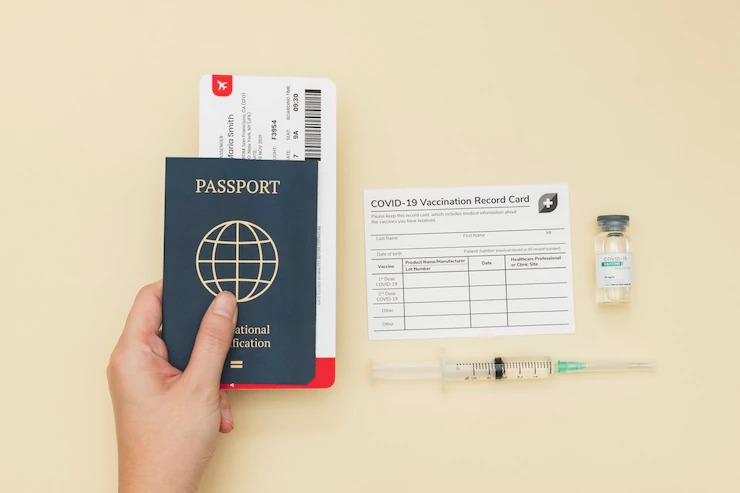
Impact of Covid-19 on immigrants and Immigration policy
When constructing policies, an extra margin is left for uncertainties. However spacious, COVID-19 was an uncertainty the world wasn’t prepared to face. Its impact is observed in waves, on the economy, and at every level possible. One of the most affected sectors was the airlines and immigration policies. Immigration policies include Entry and Residence, Work Permits, Family Reunification, and naturalization. [1]
The pandemic-related restrictions had an immense impact on the mobility of migrants and the role of humanitarian organizations. Immigrants seek a better socio-economic life or seek asylum. If eligible, according to immigration policies, they were allowed to migrate, and if not, they were put in detention centers or sent back. As a result of the pandemic, international borders were closed, causing a global crisis of immobility. Migrants have been deported home and barred from seeking employment all over the world. Because their occupations have vanished and they are no longer able to support themselves at home or abroad, they may be forced to move to another country or return to their home countries.
The majority of international treaties governing human migration aim to assist individuals and nations in coping with the adverse effects of either forced or voluntary migration. However, this new migratory crisis, which is marked by a lack of movement, is mainly outside of their consideration. The welfare of migrants, their home countries, and the economic sectors of the destination countries that rely on migrant labor are all threatened by immobility.
Between 10 March 2020, a day before the WHO declared COVID-19 a pandemic, and 28 February 2022, 100,000+ movement restrictions were implemented around the world. This included many factors—immigration families, immigration health policy, and immigration citizenship—leading to more complex immigration issues. Choosing to live as an immigrant has its benefits and drawbacks. It also questions the connections between migration and development that form the basis of a lot of international collaboration on migration. The pandemic had a significant impact on how international migration was governed.
In December 2018, the vast majority of UN nations opted for the Global Compact for Safe, Orderly, and Regular Migration, which includes several objectives that have gained urgency in light of the pandemic. Among other things, migrants should have access to basic comforts, consular services should be improved, and detention should only be used as a last resort. It also includes several commitments that could support the resumption of international migration, particularly those that call for integrated, secure, and coordinated border management, legal identity, and adequate documentation for all migrants. As well as transparent, predictable migration procedures for screening and assessment to direct migrants to the proper channels for potential admission and stay.
The economic impact of COVID-19 has been disastrous for migratory workers, their families, communities, and countries of origin, exposing the weaknesses in the connection between migration and development. Workers from other countries are particularly susceptible to the economic repercussions of measures to stop the virus’ spread. They are in the majority among the demographics that are most at risk of losing their jobs, including younger employees, those with less education, and those employed in the industries that have seen the most declines in employment.
When migrants lose their jobs, their families, communities, and nations suffer a direct loss of remittance money. Remittances are expected to decrease by at least 20% in 2020 compared to 2019, which would represent a loss of $109 billion and be a source of income for 800 million individuals. The reduction in human security may be more harmful to human lives than the virus itself for the 30 nations that depend on remittances for 10% or more of their GDP[2]. As many low- and lower-middle-income nations that have seen rapid economic growth in recent years begin to regress, the International Monetary Fund has issued a warning about balance-of-payments crises.
The Global Compact for Migration provides states with a wealth of information and argues for stronger and more thorough international cooperation on migration. A list of steps to take to achieve the goals they chose. The immediate migration context has changed as a result of the coronavirus pandemic, but the fundamental truth that migrants, countries of origin, and countries of destination all benefit from migration has not changed. States working together to implement the compact’s goals will help them both deal with the crisis and move past it, which will be to their advantage even more. International mobility should be seen not only as a casualty of the pandemic but as one of the essential building blocks of recovery.
[1] https://www.sciencedirect.com/topics/social-sciences/immigration-policy
[2] https://www.migrationpolicy.org/sites/default/files/publications/globalcompact-migration-governance-pandemic-final.pdf
